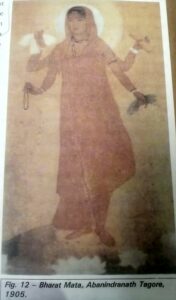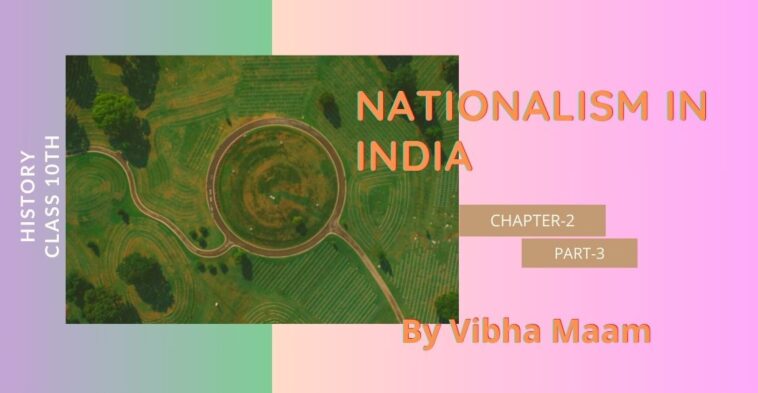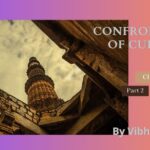Welcome to our deep dive into the concept of Nationalism in India. This post, part of our series on Class 10 History, focuses on Chapter 2, Part 3. Here, we explore the sense of collective belongingness that has shaped India’s national identity. Join us as we unravel the complexities of nationalism and its impact on India’s historical narrative.
The sense of collective belonging
- Nationalism spreads when people begin to believe that they are all part of the same nation, when they discover some unity that binds them together.
- People belonging to different communities, religions, regions or languages developed a sense of collective belonging due to various factors which also created a spirit of nationalism.
- This sense of collective belonging came partly through the experience of united struggles.
- A variety of cultural processes through which nationalism captured people’s imagination.
- History and fiction, prints and symbols, folklore and songs, all played a part in the making of nationalism.
- it was in the 20th century, The Identity of India came to be visually related to the image of Bharat Mata.
- The first image of Bharat Mata was created by Bankim Chandra Chattopadhyay in 1870.he wrote Vande Mataram to the motherland and it was included in his novel ‘Anandmath’ in late 19th century.
- Amrindernath Tagore, the Indian painter painted his famous image of Bharat Mata,an ascetic figure with four hands, in 1905 during the Swadeshi movement in Bengal.

- Devotion to this mother figure came to be seen as evidence of one’s nationalism.
- In the late 19th century, Indian folklore revived ideals of nationalism.
- Nationalist began recording folktales sung by bards and they roamed villages to collect folk songs and legends.
- Through this movement the nationalist tried to forge a national unity.
- They believe that these tales gave the true picture of traditional culture and helped to revive the ideas of nationalism.
- As the national movement developed, nationalist leaders became more aware of such icons and symbols that could unite people and create a sense of nationalism among them.
- During the Swadeshi movement in Bengal, a tricolor flag (red, green and yellow) was designed. It has eight lotuses representing eight provinces and a crescent moon representing Hindu and Muslims unity .
- By 1921, Mahatma Gandhi had designed the Swaraj flag.it was again a tricolor ( red, green and white) and had a spinning wheel in the centre, representing The Gandhian ideal of self-help.
- Another means of creating a feeling of nationalism was through reinterpretation of history.
- The Indian nationalist began writing about the past to discover India’s great achievements.
- They wrote about the glorious development in ancient times when art and architecture, science and mathematics, crafts and trades, religion, philosophy and culture etc had flourished.
- These efforts to unify people were not a piece of cake.
Share this note with your friends and classmates and also comment in the comment section below.
For Novels and books at affordable price you can checkout Checkfirst
Stay tuned for more amazing post & articles like this.







